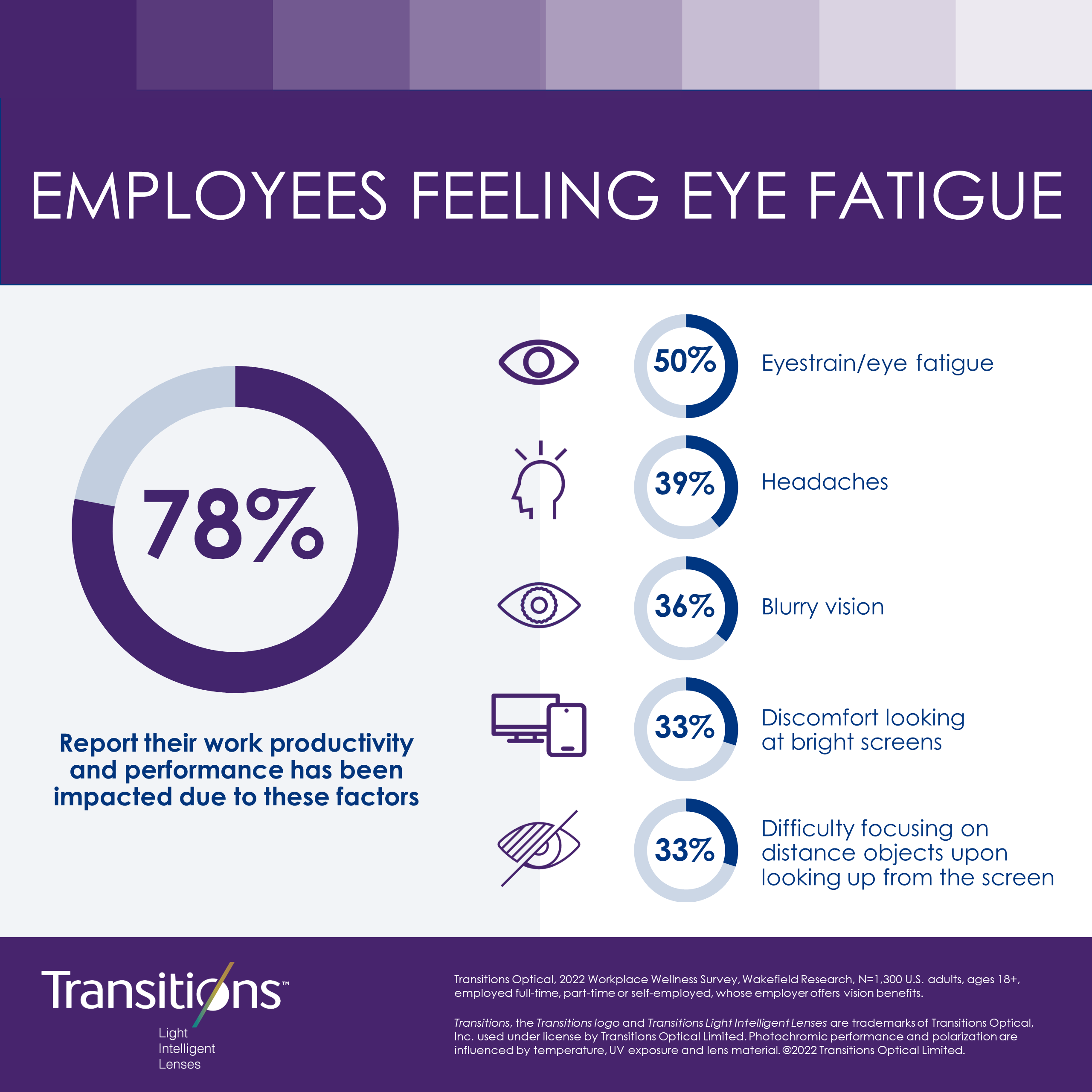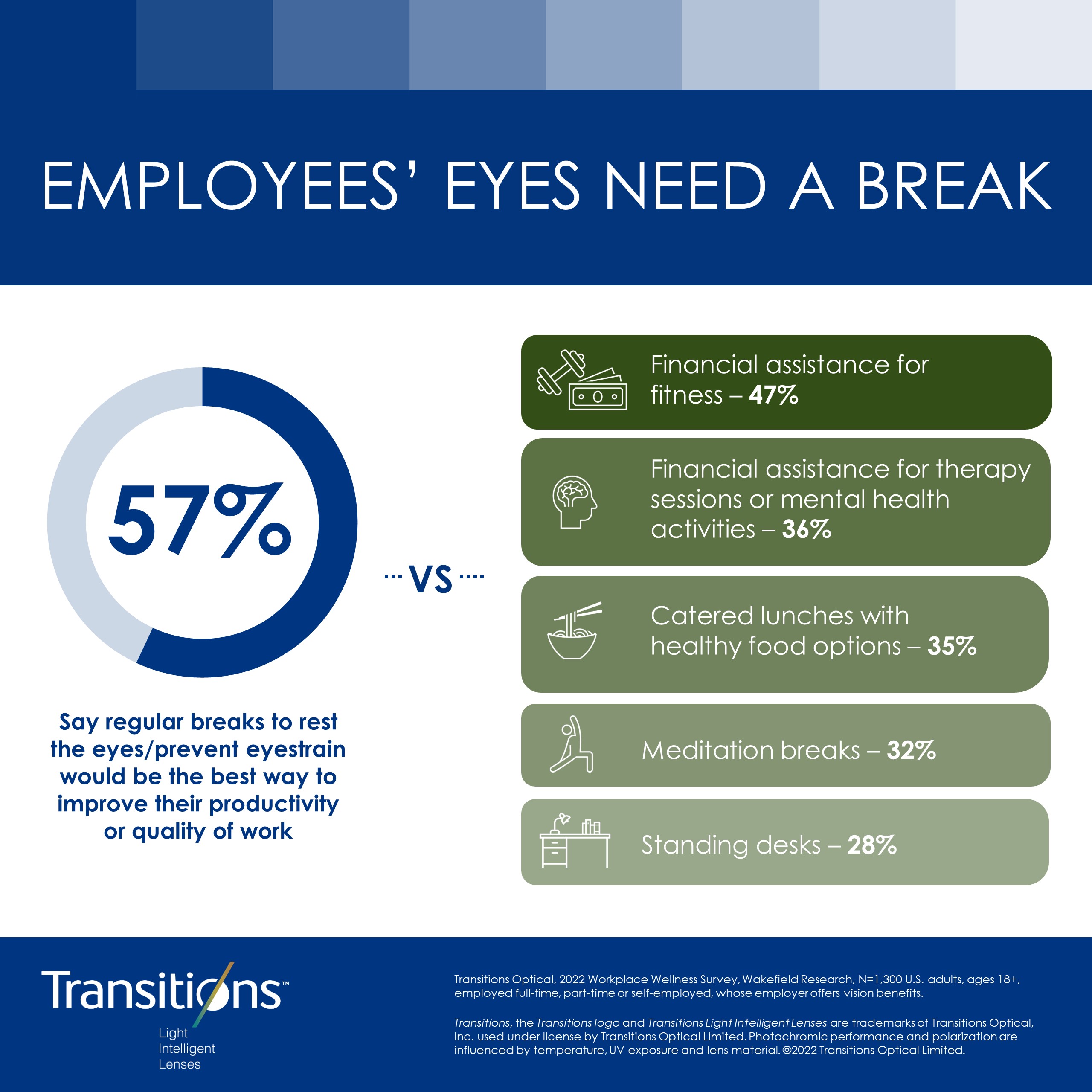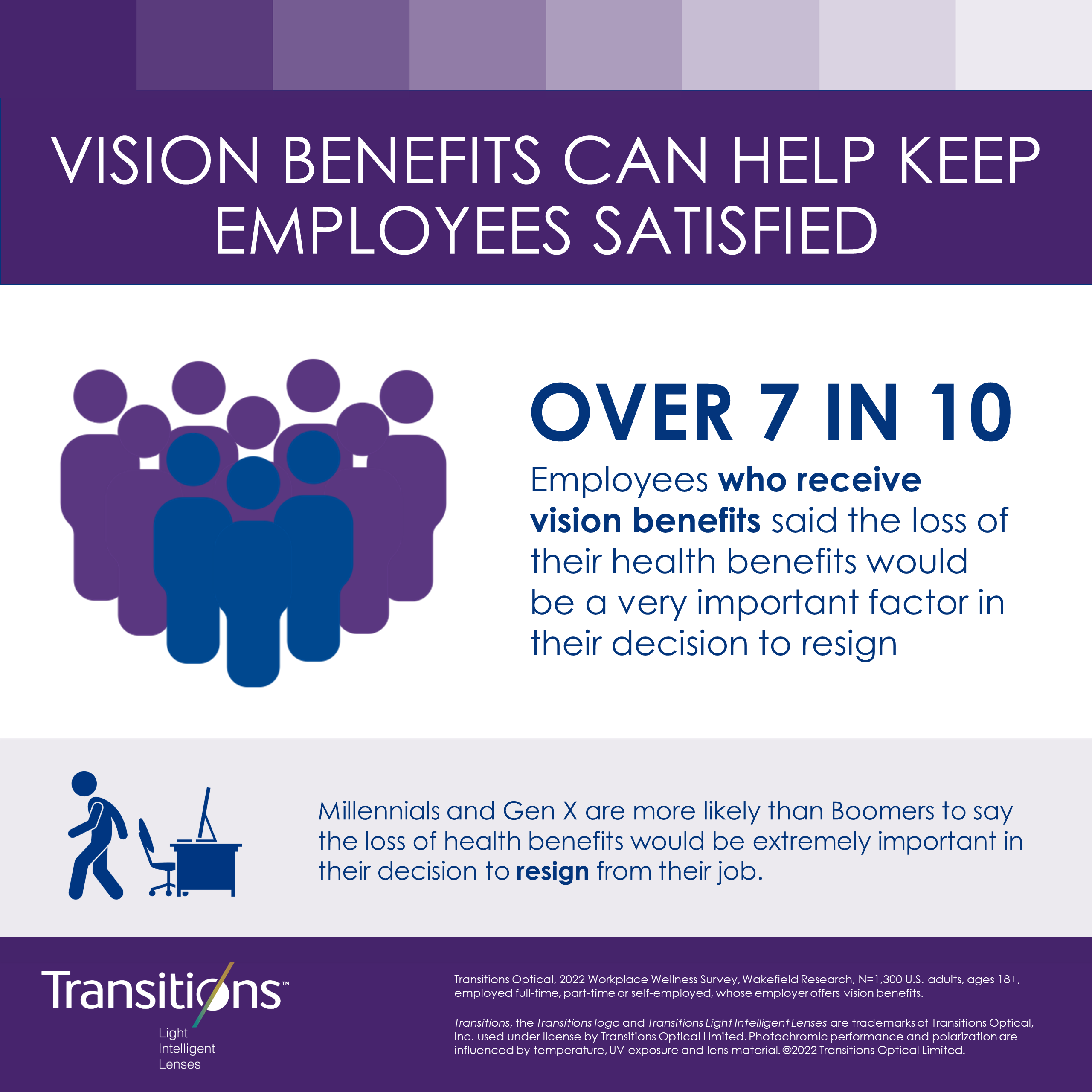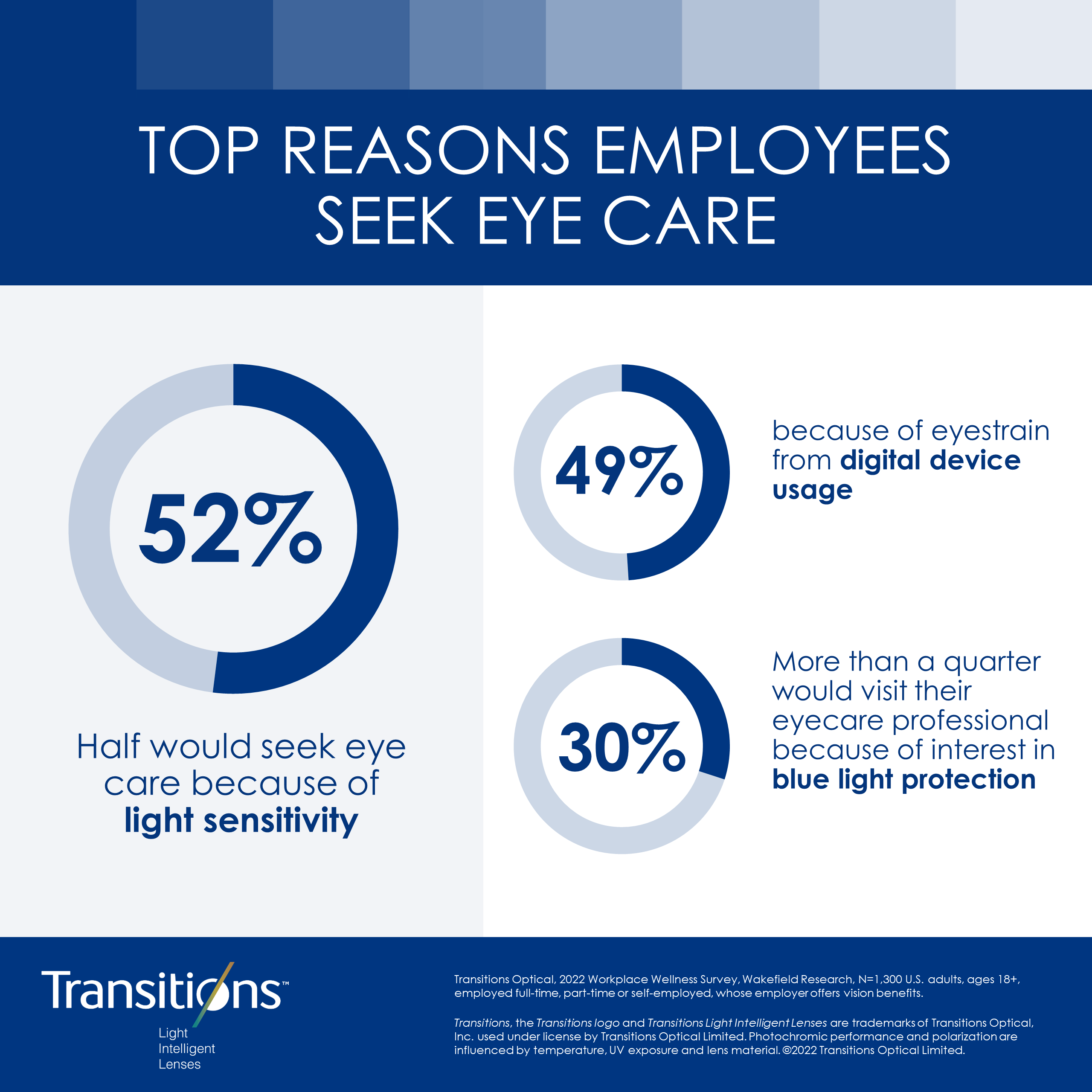Eye care should be a fundamental benefit for every broker, employer and employee
By Jonathan Ormsby
When employers think about their workers overall health, both physical and mental, does vision always factor in? With “quiet quitting” and lower work productivity lingering in workforces, it’s more important than ever for employers and brokers to put forth positive, impactful benefits and perks for employees who may be struggling or checked out.
Many factors lend themselves to a term we’ve all heard for months – “quiet quitting.”
During the 2023 SHRM Employment Law & Compliance Conference, employment law expert James Reidy, an attorney with Sheehan Phinney in Manchester, N.H., advised employers to look at other underlying causes rather than simply assuming employees are lazy. When it comes down to it, he adds, approximately half of the workforce are quiet quitters, and those employees think of themselves as setting healthy boundaries – a view very common among young workers. (SHRM. “Quiet Quitting May Raise Legal Issues.” February 27, 2023. )
How can vision benefits and eye health help workforce struggles?
With technology taking up a large space in our professional lives with all the different screens, virtual meetings and hybrid work models, eye care should be a fundamental benefit for every broker, employer and employee. Vision Impact Institute, a nonprofit organization that advocates for eye care, reports that the global economy is losing an estimated $272 billion from uncorrected vision problems that hinder employees’ productivity and performance. (HR Daily Advisor.“Eyecare at Work: The Eyes are the Windows to Employees’ Health.” Dec. 1, 2022.)
Employees need and desire eye breaks
According to Transitions Optical’s 2022 Workplace Wellness survey, people experience a multitude of eye related issues which impacts their work performance and productivity. This survey found that 78% of employees report their work productivity and performance has been impacted by either eyestrain/eye fatigue (50%), headaches (39%), blurry vision (36%), discomfort looking at bright screens (33%), and/or difficulty focusing on distance objects upon looking up from the screen (33%).
As we can see, employees’ eyes need a break. When we think of “perks” that we can receive from our employer, we may be surprised to find out that, according to the 2022 Transitions Optical study, 57% say regular breaks to rest the eyes and prevent eyestrain would be the best way to improve their productivity or quality of work over other workplace perks, such as financial assistance for fitness (47%), financial assistance for therapy sessions or mental health activities (36%), catered lunches with healthy food options (35%), meditation breaks (32%), and standing desks (28%).
The potential issues of “quiet quitting” and lower work productivity for employers cannot be fixed overnight, but a great way to start is to offer employees the time and space to take a break, not only for their eye health and to prevent the eye issues we can have from staring at a screen for 8 hours, but for their mental and physical health as well.
Facts for Brokers
Vision Benefits Can Help Keep Employees Satisfied and Stay with Their Current Employer
One of the most important parts of the workplace is the ability to receive health benefits, and employees not only need these benefits, but they want them.
According to our survey, nearly two in three employees say they would be more likely to accept a job offering vision benefits. Further, a loss in vision and health benefits could also lead to an exodus of employees. Another 38% of employees are reporting they are likely to leave their current job in the next year. Additionally, 74% of employees who receive vision benefits say the loss of those benefits would be a very important factor in choosing not to resign. Millennials and Gen X are more likely than Boomers to say the loss of health benefits would be extremely important in their decision to resign from their job.
Vision benefits that offer optical solutions are one of the most effective ways to protect our eyes from harmful light and aging. Based the survey, 52% would seek eye care because of light sensitivity, with 49% seeking eye care because of eyestrain from digital device usage, and 30% visiting their eyecare professional because of interest in blue light protection.
With seven out of 10 employees indicating that protecting their eye health is more important today than it was before the global pandemic—employers who offer premium vision benefits that cover both annual eye exams and eyewear options that employees both want and need can help catch the eye of employees.
The best part? Premium eyewear options can help alleviate the eye symptoms employees express having, and further impact employee wellness and productivity.
Popular photochromic lenses
The survey further revealed a growing interest in photochromic lenses. These lenses adapt to changing light, indoors and out, while helping to offer protection from harmful blue light and ultraviolet rays. This option continues to influence employee interest in premium vision plans (“Harmful blue light” is calculated up to 455nm, with the greatest toxicity between 415-455 nm). In connection to this, brokers and employers should know that more than seven in 10 employees say that they would be more likely to enroll in a vision benefits plan that specifically covers Transitions® brand lenses.
By offering eye breaks and investing in vision benefits with protective lenses included, especially at a time when employees may be “quiet quitting,” brokers can assist their companies to ensure that their employees are receiving the top eye care and protection they need maintain or improve their eye health for many years and enhance their day-to-day work and life experiences.

JONATHAN ORMSBY is a Senior manager – U.S. Managed Care for Transitions Optical
Contact:
email: jormsby@transitions.com
Website: www.transitions.com




